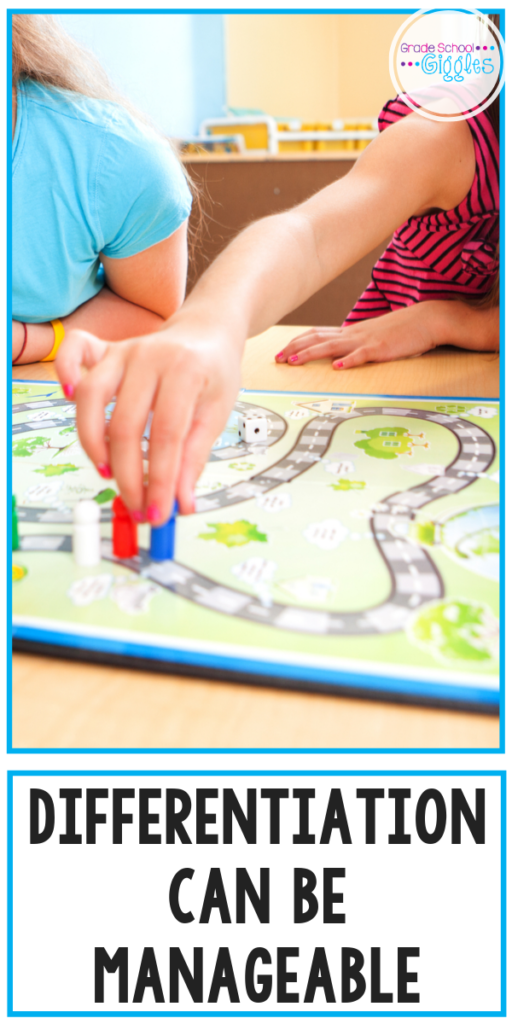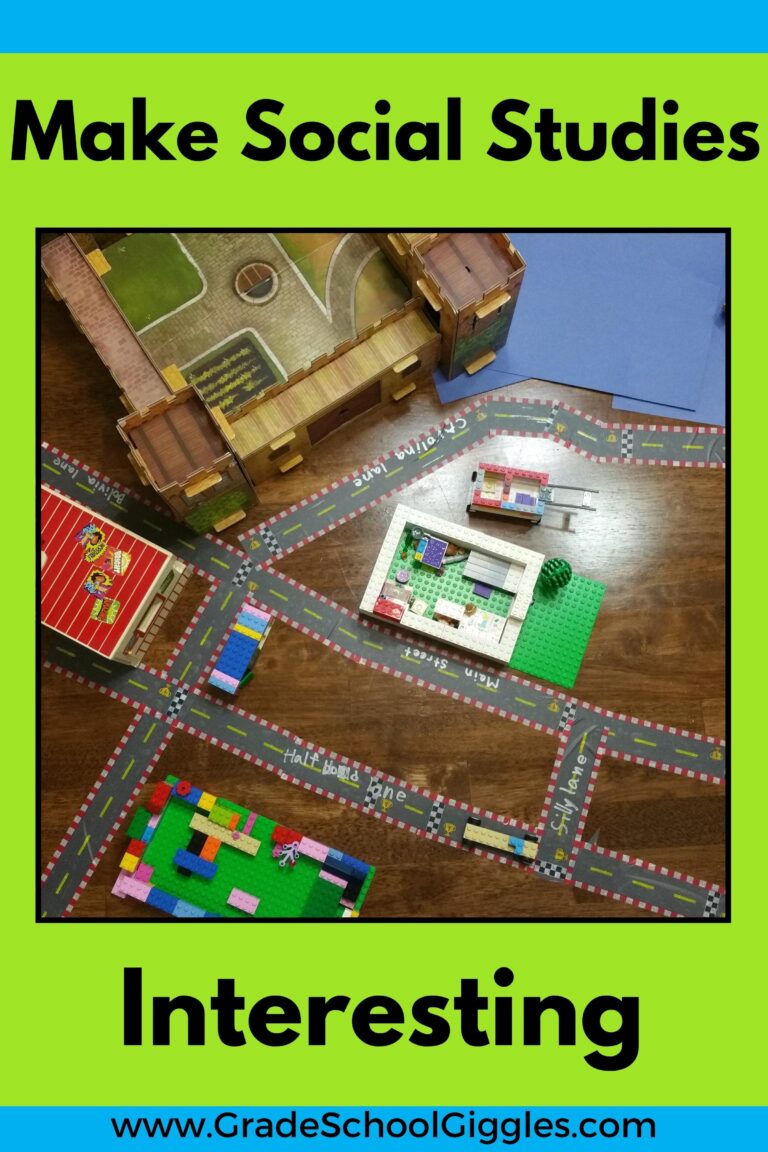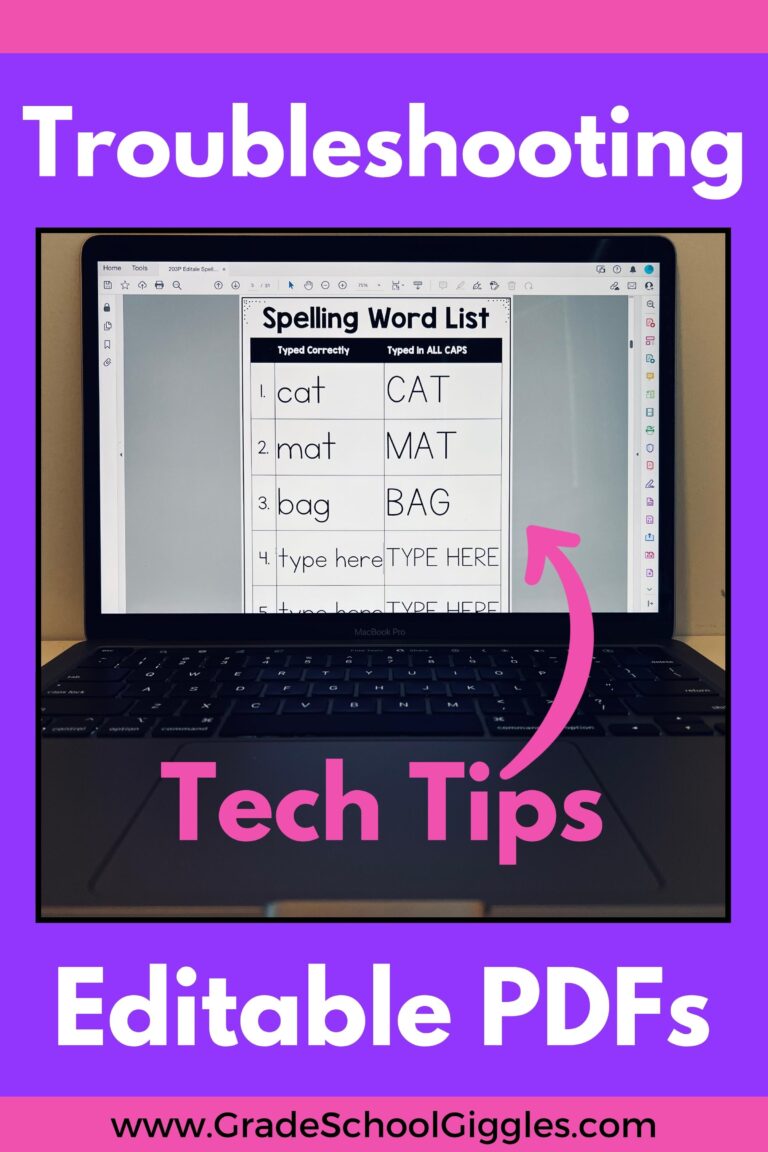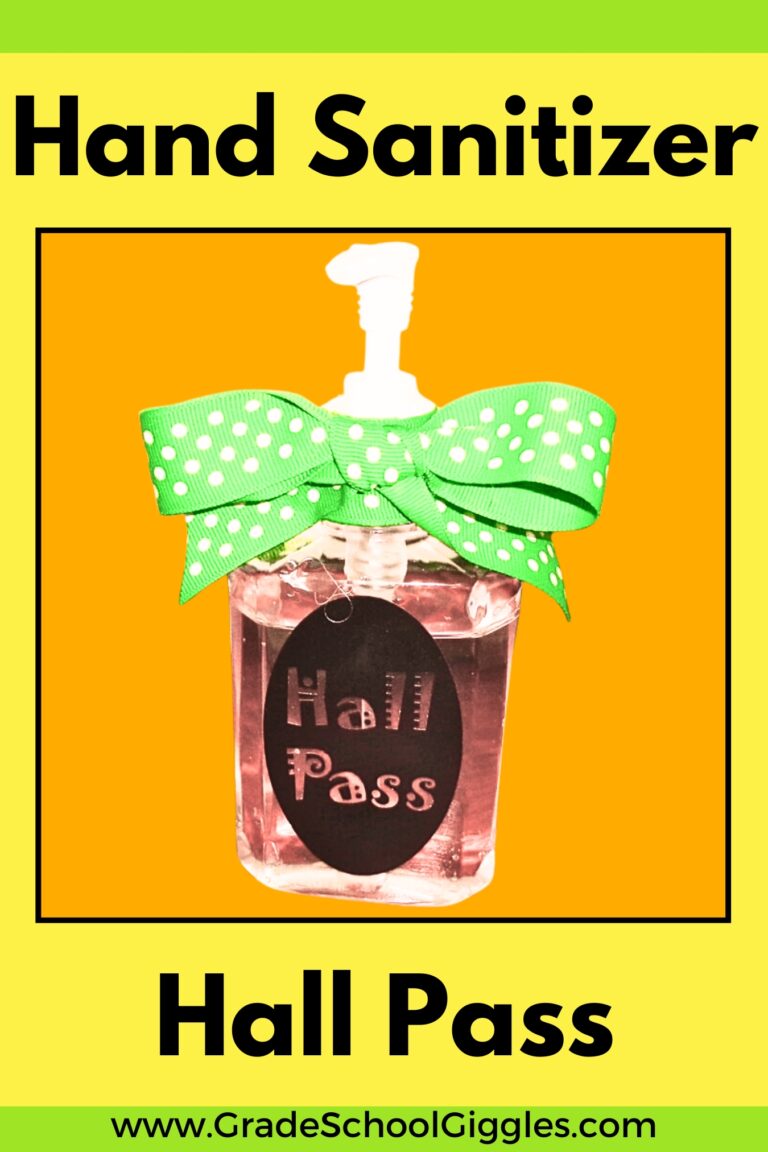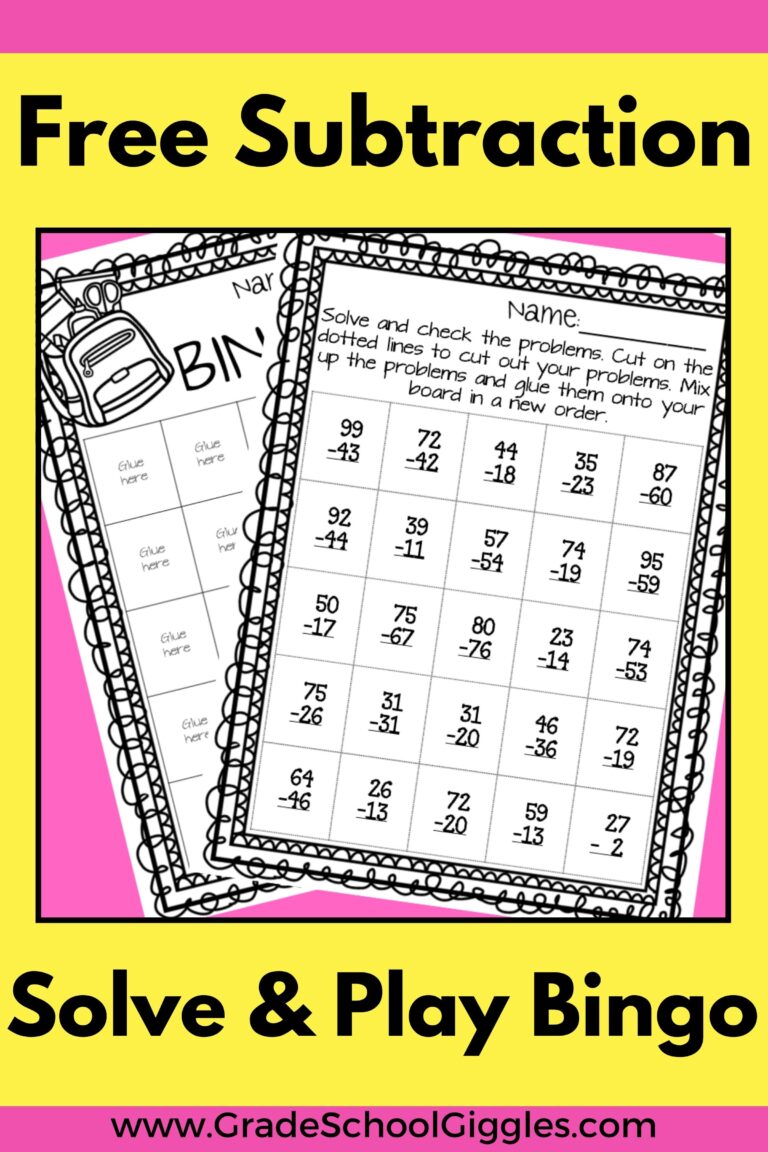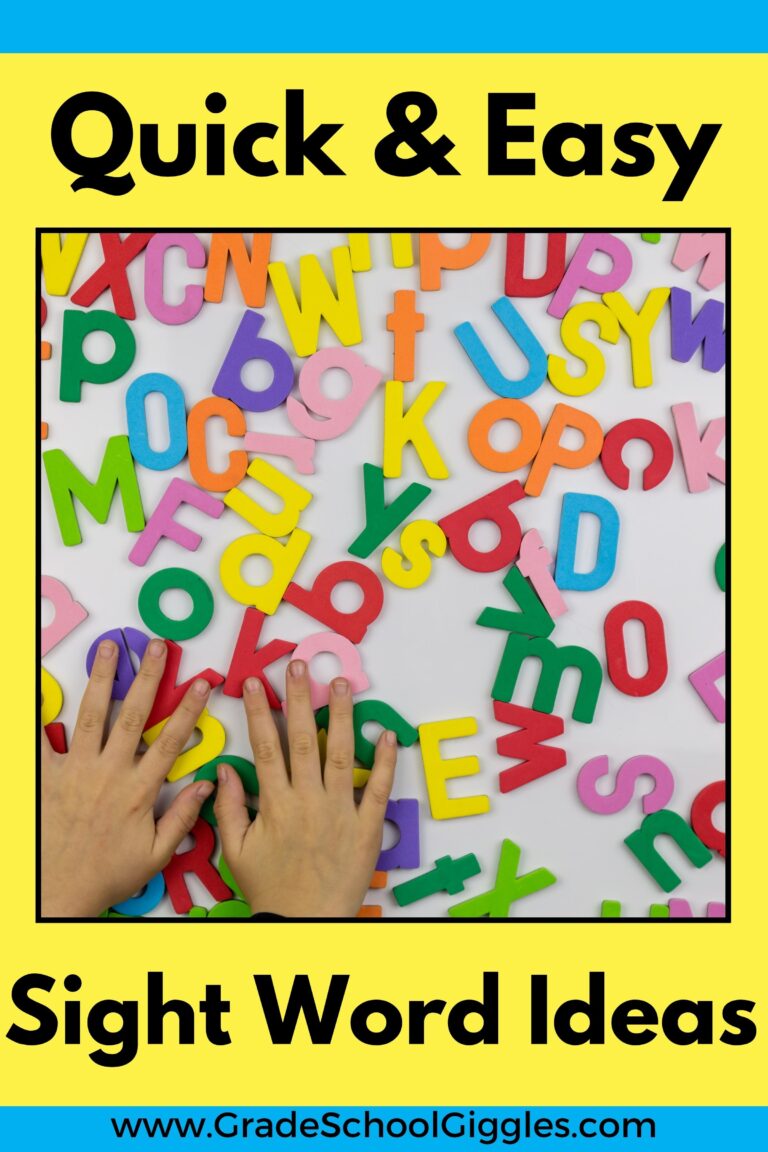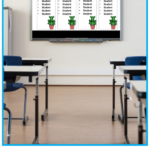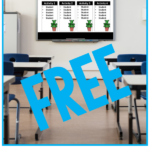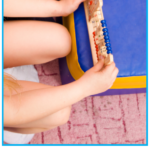How can you meet the needs of all your students?
Some classroom challenges seem to be universal.
- Am I challenging my higher students?
- What do I need to differentiate for my special education students?
- How do I know they’re all getting what they need?
Dedicated teachers want to make sure all of their students are learning. They ask, “How can I meet the needs of ALL my students?”
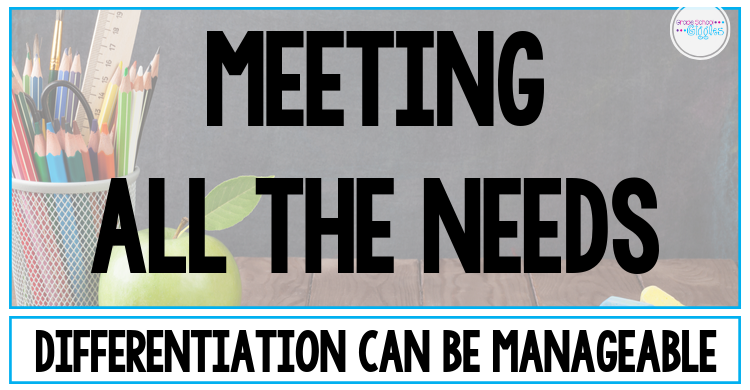
If you find yourself struggling with that question, it’s a good sign. It means you’re considering each child’s individual needs. Good for you!
But teachers are BUSY. And sometimes, the thought of differentiating your lessons can feel overwhelming.
So, let’s talk.
Differentiating can feel overwhelming, but it doesn’t have to be.
It can be manageable. Sometimes, it can even be easy.
Differentiation simply means adapting your teaching to the different needs of your students.
You can still do whole-group, small-group, and individual activities. Each is important. If you want to meet the needs of all students, you’ll need all three.
So, let’s take a quick look at each one.
Can whole group activities meet the needs of all your students?
Don’t make the mistake of thinking that your entire day should be done in small groups. It probably shouldn’t.
Nor should you worry that your entire class should never be doing the same thing. Sometimes they should.
Whole group instruction has its benefits.
- It ensures that every student receives direct instruction on the core standards.
- Whole group instruction maximizes the amount of direct teacher instruction that each child receives.
- It allows the entire class to build a common foundation by participating in the same experiences, discussions, and lessons.
Whole group lessons are usually the most efficient way to introduce new content. If it’s a lesson that everyone in your class should get, it’s often most efficient to do it as a whole group activity.
It’s true that most differentiation occurs during small group and individual activities.
Still, there are ways to differentiate whole group activities.
Academic Differentiation
- Pre-teach key concepts, vocabulary, and skills.
- Allow note-taking accommodations. Try graphic organizers or scaffolded notes.
- Take pictures of notes on the board. Print a copy for students to refer to later.
- Provide plenty of wait time. Teach in short segments. Stop and summarize small chunks of learning.
- Strategically engage students. For example, ask one student to underline important information on the board and ask another student to add it to an anchor chart.
Behavioral Differentiation
- Use physical proximity and seating placements to support students.
- Allow students to use sensory tools.
- Encourage students to sketch key concepts to keep them engaged.
How can you use small groups to meet the needs of all your students?
Small group instruction is at the heart of differentiation. It’s where you can target each child’s specific needs.
Students progress quickly when they receive instruction that targets their instructional level and learning needs.
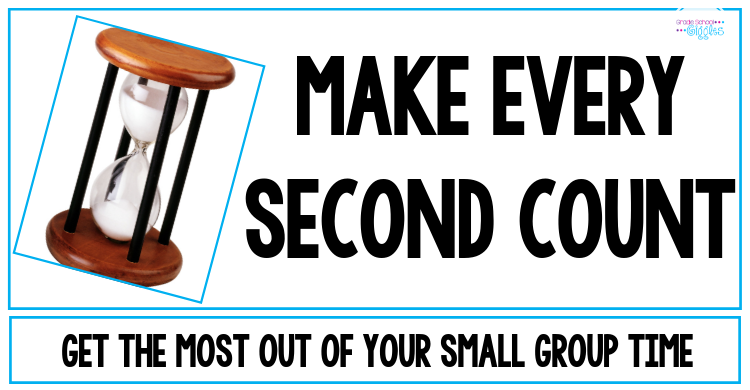
Effective small-group instruction requires solid classroom management to be in place. Make every second count!
Starting small group instruction too early or having too many groups can increase classroom management problems. Using a center chart can help.
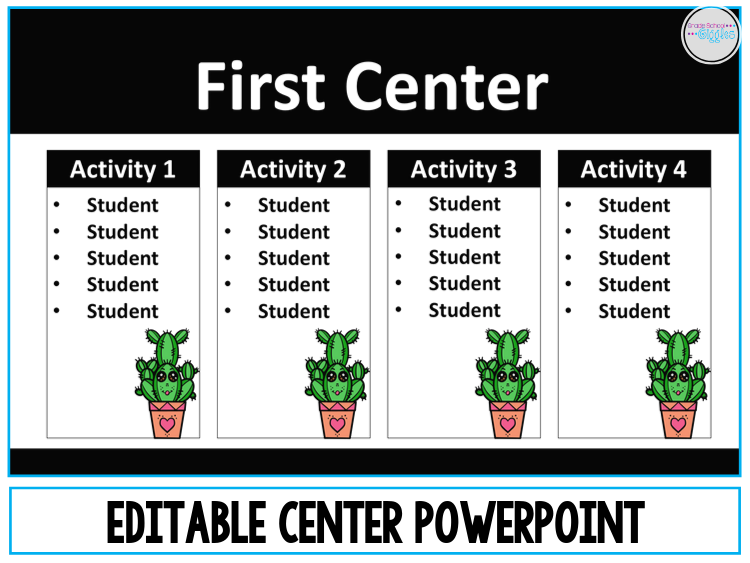
The best groups are flexible groups.
Long-term ability-based groups can increase the learning gap between lower and higher-achieving students.
So, don’t let your groups become fixed. Pre-test, assess, and change groups frequently!
The best way to form a group depends on its purpose.
Some ways you can form groups include…
- Instructional level
- Specific skills needing remediation or enrichment
- Randomly
- By interest
- Task-based grouping
- Student choice
- Mixed ability
Just remember, however you form them, groups should not last forever.
Even ability or skill-based groups should change as your students progress and as your units change.
Frequent formative assessments should drive grouping decisions. It will ensure your students are getting the correct instruction.
Frequent formative assessments don’t have to be challenging.
- Use exit tickets or 4-5 question pre-tests.
- Pre-test before a new unit and again partway through.
- Pull data from benchmark tests and educational software.
You can save time by letting your kids check their own formative assessments. First, pass out red pens and clipboards. Then, have the kids move to the carpet to correct their work. Leaving their pencils at their seats will help prevent any temptation to change answers.
Independent work is important too.
Independent work lets students build mastery. Skills aren’t fully mastered until they can be done independently.
Mastery and fluency take practice and repetition. Some students need more practice. Some need less.
Independent work allows students to practice as much as they need to. It also allows them to move on when they’re ready.
Students should be able to complete independent work successfully.
Think about how you can scaffold independent work assignments. If they’re too difficult, students won’t benefit from them.
- Independent work should focus on the tasks a child can do independently but not fluently.
- Pre-test students and assign independent work based on the data.
- Use your observations from small group instruction to make adjustments.
Look for easy materials that are easy to differentiate.
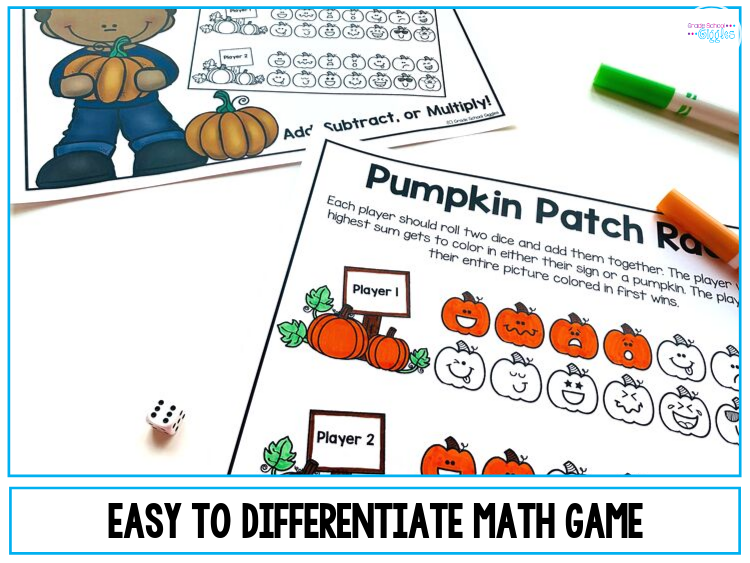
- Newsela is a great source of leveled news articles.
- Book Wizard can be a great place to search for leveled trade books on an upcoming topic. If your school doesn’t have the books you want, see if you can get them through an interlibrary loan request.
- Editable worksheets like these spelling sheets, sight word sheets, and name writing practice pages make it super easy to individualize assignments.
- Math games that use dice can easily be tweaked by swapping out standard dice for large-number dice.
Have a plan in place to assign leveled work.
There are lots of ways to assign differentiated work, but here’s one way.
First, determine what different tasks your students will work on. Then, use your data to assign your students to the correct task. You don’t need to have equal groups for independent tasks.
Then, use a dry-erase marker to write each student’s name on color-coordinated sheets of laminated construction paper.
This way, you can easily move your students around as you switch from one lesson to another. You might even want to have multiple sets of laminated construction paper for different subjects.
Label centers, stacks of worksheets, or other materials with color-coordinated garage sale dots. That way, your students can easily find the right assignment when it’s time.
If needed, you can differentiate further to meet the needs of all your students.
- Instructional software programs that adapt to the learner can provide targeted instruction.
- Assign only odd or even problems to students who work at a slower pace.
- Keep a list of questions that come up about the topic. Allow advanced students to research the answers.
